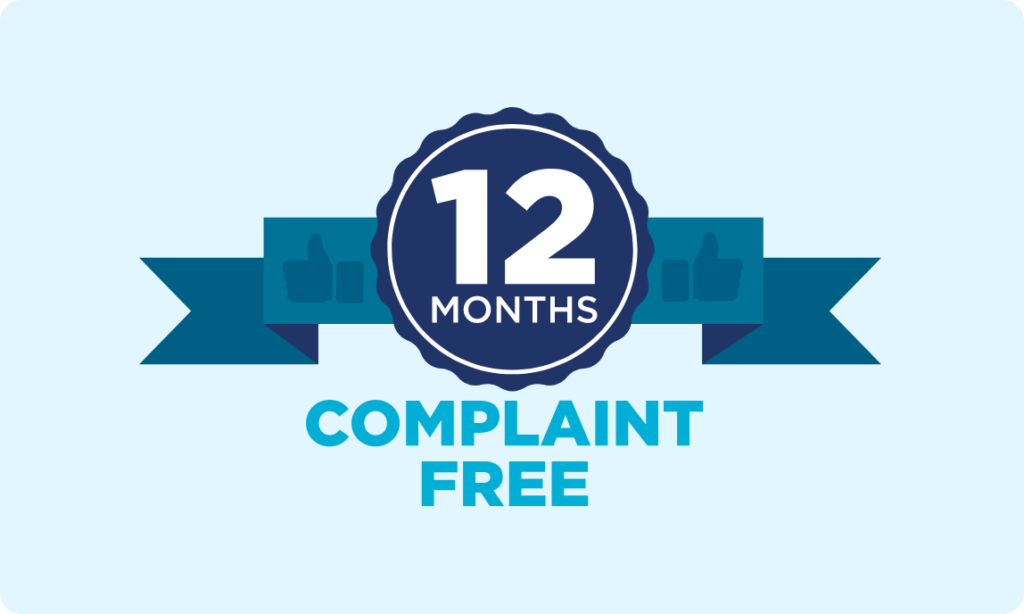Mobile, Desktop, Tablet
Internet Marketing consists of online banner ads in a range of sizes on multiple websites and includes lots of tactics and options. You may at times hear terms such as behavioral, advanced audience targeting, programmatic, and online banner advertising all refer to online internet marketing with different-sized display banner ads.
Whitelisting, Geo-Fencing, Search Re-Targeting, Contextual Targeting, Behavioral Targeting, Dynamic Ads, Social Display, CRM Targeting (emails’ IP), Demographic Targeting, and Website Re-Targeting are just to name a few of the different tactics available with display banner ads.
Display banner ads appear all over the internet on mobile, tablet, and desktop depending on the tactics that you choose. When running display ads programmatically you can choose multiple tactics and your budget will spend on the one that is achieving your set goal.
Think about your recent internet searches and what ads targeted you on multiple websites.


Advanced Audience Targeting (online banner advertising) is based on ‘Who’ your audience is and therefore allows you to reach specific groups of people on the internet, your ads are delivered through mobile, desktop, laptop, and tablet. The banner ads can show up on thousands of different websites based on the tactics you choose below. All campaigns are Geo-targeted based on the advertiser’s needs.
Programmatic Buying enables the efficient purchase of highly targeted impressions on multiple real-time bidding internet exchanges. Using unstructured data to extract unlimited value from display & mobile advertising.
- Create custom audiences.
- Optimize in real-time your audience for maximum campaign effectiveness.
- Expand audiences instantly.
- Understand audience behavior with real-time reports.

Tactics for online display targeting:
- Search Re-Targeting: Served to users who have previously searched for a specific keyword or phrase on a search engine.
- Site Re-Targeting: Served to users who have been on your website in the past.
- Demographic Targeting: Served to users who meet certain criteria such as age, household income, gender, marital status, parental status, education, language, and more.
- Contextual Targeting: Served to users who are reading about specific keywords or phrases.
- Category Targeting: Served to users who are visiting sites of a specific category.
- CRM Targeting: Served to users that you have uploaded data on; such as email or physical addresses.
Additional Tactics:
- Geo-Targeting: Served to users who are in a specific zip code, radius, or range. This is typically added to every campaign.
- Geo-Fencing: Served to users that are in a specific area less than a mile radius. The user must be inside the geo-fence. You can also geo-fence buildings. These ads are served through a mobile application on someone’s phone.
- Video Ads: Serve 15 or 30-second commercials to users based on the targeting tactics you choose, ads can appear on YouTube or multiple other places across the internet based on the audience locations and other tactics chosen.


Here’s how niche marketing works:
- Audiences: Depending on your advertising goals, you can choose the audience that best matches your prospective customers. To drive brand awareness, use affinity audiences to reach TV-like audiences on a broad scale or pick a niche audience.
- Interested Categories: Show your ad to people who have demonstrated specific interest, regardless of whether or not your ad correlates with the particular topic of the page they are currently on or the app they are using.
- Re-marketing or Re-Targeting: Reach people who have previously visited your website or people who have previously searched for a keyword or term on a search engine while they visit other websites on the display network (commonly known as the rest of the internet).
- Locations: Geo-targeting plays an important role in your campaign. The internet can tell a person’s location on their mobile device by the users’ location services and through other device-based IP addresses, cookies, and recent search history.
Display Advertising
Display advertising is a type of visual advertising that includes both text and graphics intended to increase the number of clicks to a landing page. It appears as a ‘banner ad’ on specific areas of a website or social media platform. Consider it the internet’s equivalent of billboard advertising.
The most common use of display advertising is to raise brand awareness. It can also be used to reconnect with past customers or visitors or be used to acquire new clients. A display ad is intended to engage the potential buyer and pique their interest in your product or service before making a hard sell.


CONTEXTUAL
What people are reading about on other websites.
DEMOGRAPHIC
Age, HHI, Gender, Marital Status, Profession, Education, Etc.
WEBSITE RETARGETING
Target a New Ad after users leave your website so they are brought back.

KEYWORD RETARGETING
Target a New Ad based on the Keywords users have searched.

AUDIO RETARGETING
Target based on what people are talking about when they are near electronics.

GEO FENCING
Target a building or location less than a mile. Great for Events.

CRM TARGETING
Scrub Emails for IP Addresses and Re-Target on the internet.

BEHAVIORAL TARGETING
In-Market Audiences of people who would be in-market to buy.
DYNAMIC PRODUCT FEEDS
Target people based on the actual products you have in stock.

CONTEXTUAL
What people are reading about on other websites.
DEMOGRAPHIC
Age, HHI, Gender, Marital Status, Profession, Education, Etc.
WEBSITE RETARGETING
Target a New Ad after users leave your website so they are brought back.

KEYWORD RETARGETING
Target a New Ad based on the Keywords users have searched.

AUDIO RETARGETING
Target based on what people are talking about when they are near electronics.

GEO FENCING
Target a building or location less than a mile. Great for Events.

CRM TARGETING
Scrub Emails for IP Addresses and Re-Target on the internet.

BEHAVIORAL TARGETING
In-Market Audiences of people who would be in-market to buy.
DYNAMIC PRODUCT FEEDS
Target people based on the actual products you have in stock.
Is Google Banner Ads for You?
Google Banner Ads works for “most” businesses, though your strategy may differ from that of another business, depending on your budget, goals, the price of your products and services, and the competitiveness of your industry. To determine whether Google Banner Ads would work for your business, consider your budget first, then look at how much a click costs and how many people search for specific keyword terms related to your products and services. Expect to spend based on your industry’s average cost per click. When you use the Google Ads keyword research tool, you will be able to see average prices.
The average cost-per-click (CPC) on Google Banner Ads is $1 to $2 for the Google Search Network and less than $1 for the Google Display Network.
Is Google Banner Ads for You?
Google Banner Ads works for “most” businesses, though your strategy may differ from that of another business, depending on your budget, goals, the price of your products and services, and the competitiveness of your industry. To determine whether Google Banner Ads would work for your business, consider your budget first, then look at how much a click costs and how many people search for specific keyword terms related to your products and services. Expect to spend based on your industry’s average cost per click. When you use the Google Ads keyword research tool, you will be able to see average prices.
The average cost-per-click (CPC) on Google Banner Ads is $1 to $2 for the Google Search Network and less than $1 for the Google Display Network.
Call us today for free consultation!
Call us today for free consultation!

LOCAL OFFICE
AD-IOS Web Development
230 N Plaza Dr, Nicholasville, KY 40356, United States

CONTACT US

HOUR OF OPERATION
Mon-Fri 8:30 AM – 5:00 PM
Sat-Sun Appointment Only











